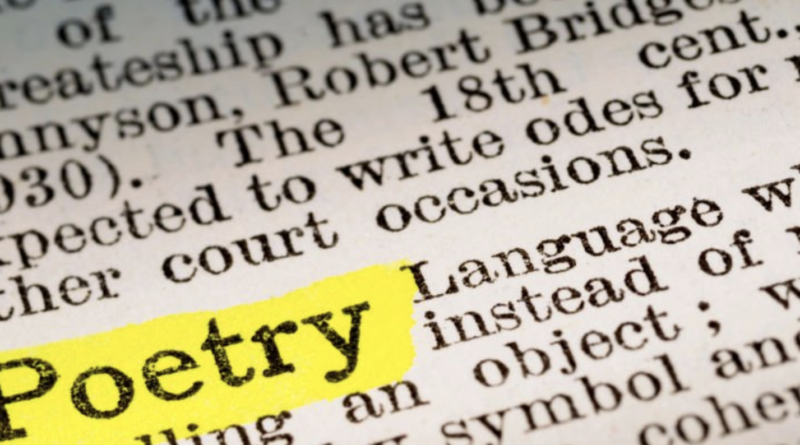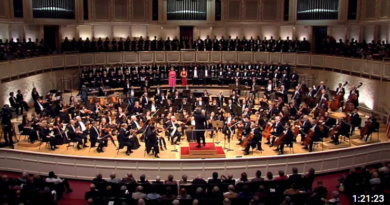Exploring Meter in Poetry
Meter is the rhythmic pattern formed by arranging stressed and unstressed syllables within poetry lines. It stands as a foundational element in the poetic realm. It acts as the heartbeat of verse, embodying the very essence of the poet’s expression. While often perceived as a technical aspect, meter plays a profound role in reinforcing themes and messages within a poem. Recently, our DP 1 class has started exploring meter in poetry. Read on and delve into how meter functions as a potent tool in a poet’s repertoire.
Embracing Active Expression
Meter in poetry finds its essence in the arrangement of stressed and unstressed syllables. These syllables create distinct rhythms that enrich the tone and mood of the poem. The most common meters, including iambic pentameter, trochaic tetrameter, and dactylic hexameter, each contribute a unique cadence to the verse, amplifying its thematic resonance.
- Exemplifying the Elegance of Iambic Pentameter: Renowned for its grace and fluidity, iambic pentameter, consisting of five iambs per line, mirrors the natural cadence of English speech. Shakespearean sonnets exemplify this meter, as seen in lines such as: “Shall I compare thee to a summer’s day? Thou art more lovely and more temperate.” The steady iambic rhythm elevates the poem’s theme of enduring beauty, creating a sense of timelessness and stability.
- Crafting Ominous Atmospheres with Trochaic Tetrameter: Edgar Allan Poe masterfully employs trochaic tetrameter in “The Raven” to evoke an ominous atmosphere. Unlike iambic meter, trochaic meter features stressed syllables followed by unstressed ones. This relentless rhythm contributes to the poem’s sense of foreboding, as seen in lines such as:”Once upon a midnight dreary, while I pondered, weak and weary,
Over many a quaint and curious volume of forgotten lore—”The persistent trochees echo the narrator’s inner turmoil, intensifying the feeling of despair.
The Power of Transition
The choice of meter in poetry is never arbitrary. It is meticulously selected to reinforce themes and emotions within the poem. By manipulating the rhythm of language, poets evoke specific responses, imbuing their work with deeper meaning.
- Elevating Epic Narratives with Dactylic Hexameter: Dactylic hexameter has six feet per line. It was commonly used in ancient epics to convey grandeur and heroism. Homer’s “Iliad” and “Odyssey” exemplify this majestic meter, evoking awe and reverence in the reader.
- Capturing Urgency with Anapestic Meter: Two unstressed syllables followed by a stressed one evoke a sense of urgency or agitation. In “The Charge of the Light Brigade” by Alfred, Lord Tennyson, the relentless gallop of anapests propels the reader forward, echoing the bravery and futility of the soldiers’ mission.
Concluding Thoughts
In the realm of poetry, meter is more than a technical device. It is the heartbeat that animates verse. By manipulating rhythm and cadence, poets amplify themes and emotions, resonating with readers on a visceral level. Whether through the graceful flow of iambic pentameter or the relentless march of trochees, meter serves as a powerful tool for conveying meaning and leaving a lasting impact. So, as you delve into poetry, listen closely to the rhythmic pulse beneath the words. It may unveil the hidden depths of the poet’s message.
If you like poetry check out this post about a unit from MYP 5. Students compared and contrasted the ways authors used poetic devices to portray themes.




